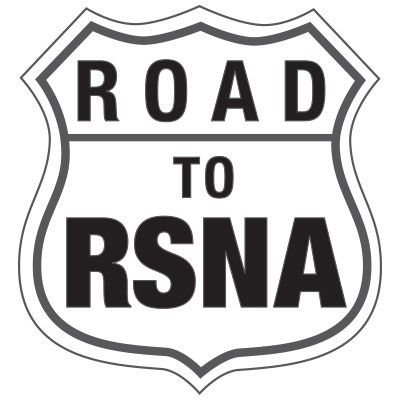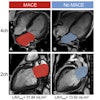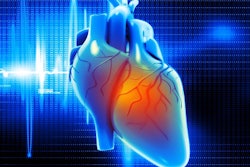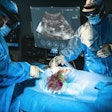
The integration of advanced visualization tools into healthcare has grown exponentially in recent years. At RSNA 2018, researchers will describe the various clinical applications of tools such as virtual and augmented reality (VR/AR), 3D printing, and cinematic rendering in dozens of workshops, presentations, and refresher courses.
Among the principal topics relevant to advanced visualization in medicine is the emergence of virtual and augmented reality. Both VR and AR technologies offer clinicians a fresh take on medical imaging, not only providing them with highly detailed views of 3D virtual models but enabling them to manipulate these imaging data as well.
At RSNA 2018, presenters will explain how they used the fully immersive environment of a VR headset to assist in preoperative planning for various types of procedures, from simple needle insertion to radical prostatectomy. Taking this one step further, clinicians will discuss how incorporating AR into the intraoperative workflow improved the efficiency of image-guided interventions.
Also in the conference spotlight, 3D printing has proved to be an invaluable tool for replicating complex patient anatomy. Several groups will demonstrate their unique methods for fabricating 3D-printed models from patient's CT and MRI scans, as well as the various ways in which these individually tailored models helped reduce operating times and bolster patient education.
The visualization of 3D virtual models on 2D displays also is continuing to make headway. For example, developments in 3D CT and 3D MRI equipment have encouraged clinicians to use the modalities to assess the range of motion for diseased joints and examine vasculature before performing interventional procedures. Radiologists will also share their initial experiences using a relatively new 3D imaging technique -- cinematic rendering -- to create photorealistic CT scans for the assessment of acute trauma.
Finally, 4D imaging has been a boon for clinicians who rely on real-time imaging. Researchers will share how they used 4D CT angiography to assess cerebral blood flow in one presentation, and another team will discuss how 4D flow MRI was critical for gauging patient outcome after bypass surgery.
For those seeking more in-depth information, check out the noteworthy abstracts below that highlight the role of advanced visualization in healthcare, or view the RSNA 2018 meeting program for the full listing of scientific abstracts and educational programs.



















